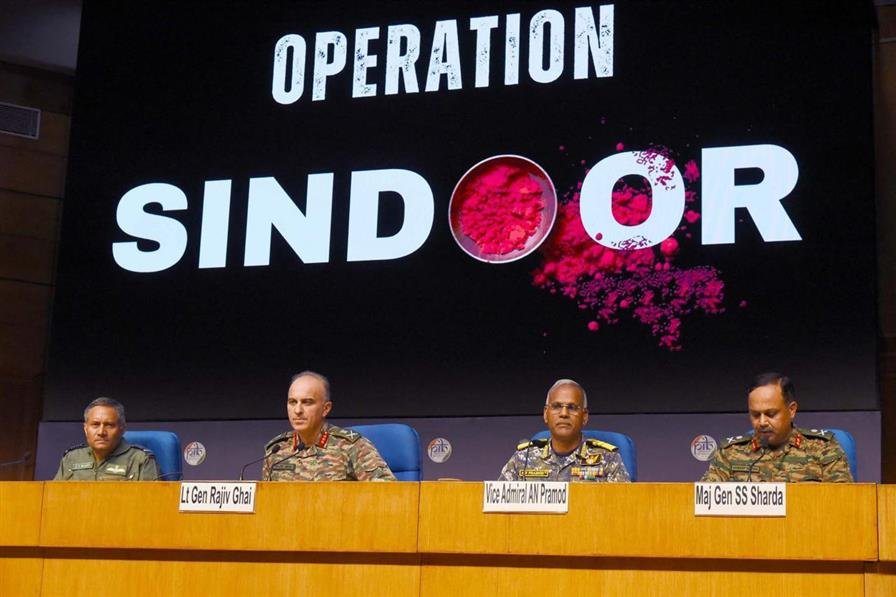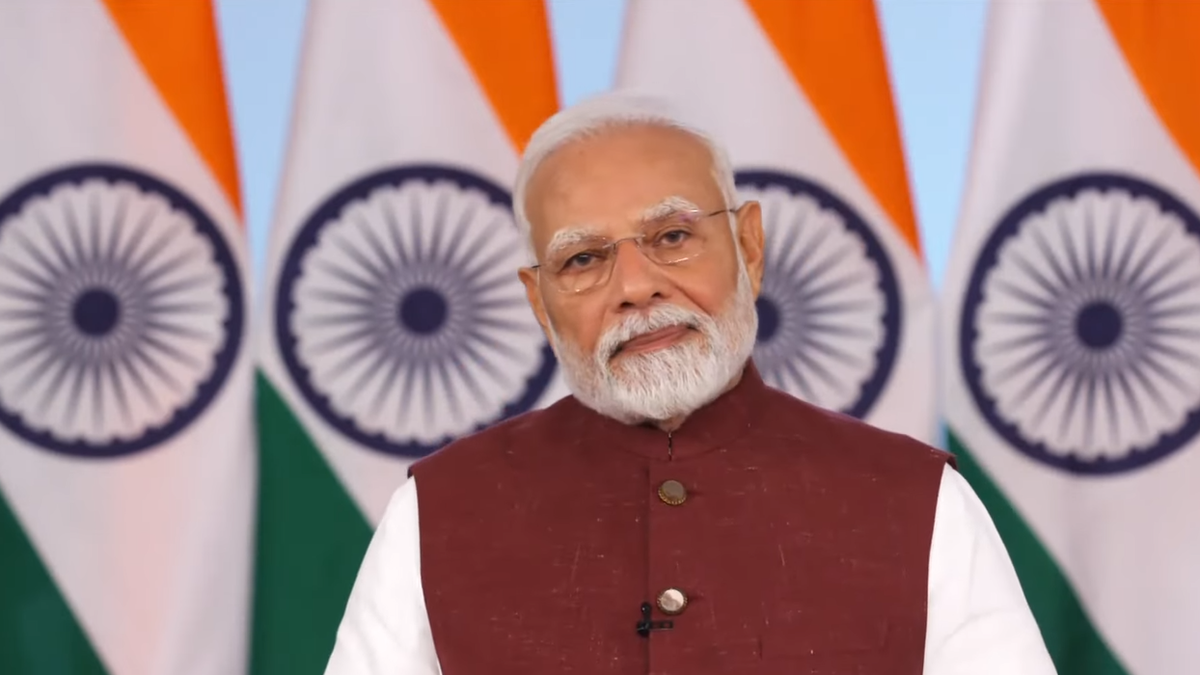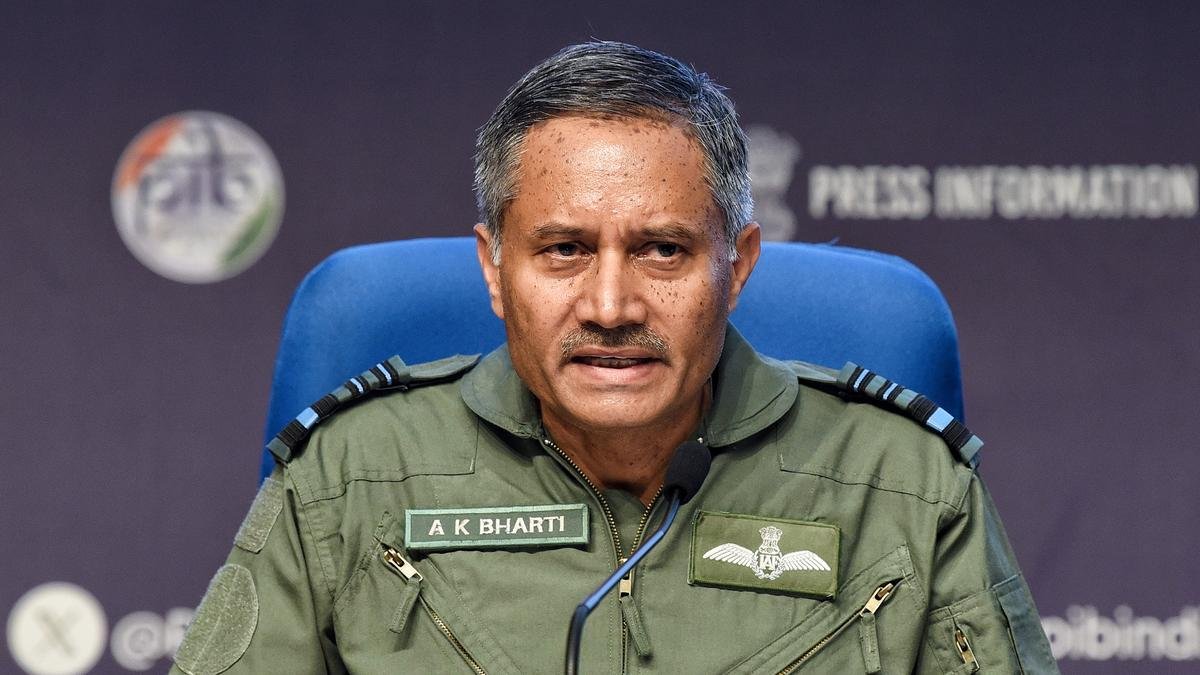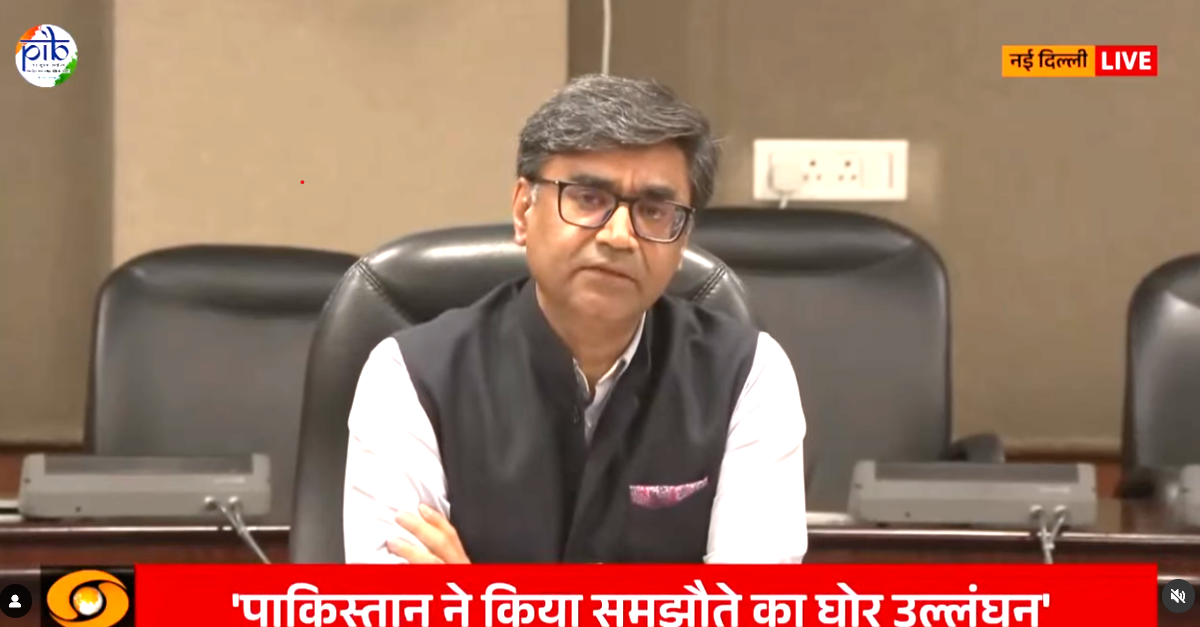
India’s Bold Response to Pahalgam Terror Attack Sparks Global Solidarity and Strategic Retaliation
On April 22, 2025, India was rocked by a devastating terrorist attack in Pahalgam, where 26 innocent civilians—mostly Hindu pilgrims—lost their lives. The massacre triggered a nationwide wave of grief and fury, and the Indian government responded with swift and decisive actions that reshaped the regional security dynamics.
In the wake of the attack, the Cabinet Committee on Security (CCS) convened urgently and implemented a set of bold diplomatic and military measures targeting Pakistan’s longstanding support for cross-border terrorism. These included suspending the 1960 Indus Waters Treaty, sealing the Attari Integrated Check Post, revoking travel exemptions for Pakistani nationals under the SAARC Visa Exemption Scheme, and reducing diplomatic ties by declaring military advisers in the Pakistani High Commission as Persona Non Grata and scaling down the mission strength from 55 to 30.
At the heart of India’s military retaliation was Operation SINDOOR, a strategically calibrated campaign designed to dismantle the terror infrastructure behind the attack. Relying on precise, multi-agency intelligence, the Indian Armed Forces identified and neutralized nine high-priority terrorist training camps, including those in Bahawalpur and Muridke—long known as breeding grounds for extremist groups. These strikes were not only about punishing perpetrators but were carefully executed to avoid civilian casualties, maintaining India’s ethical approach to warfare.
Among the notable high-value targets eliminated during the operation were Yusuf Azhar, Abdul Malik Rauf, and Mudassir Ahmad—figures previously implicated in the 1999 IC-814 hijacking and the 2019 Pulwama blast. India’s targeted operations killed over 100 terrorists and crippled 11 Pakistani airbases, including those housing key fighter jet fleets like the F-16s and JF-17s.
But Pakistan retaliated with drone and missile attacks on Indian civilian areas and religious sites between May 7–9. India’s defense systems were fully prepared, intercepting and neutralizing the incoming threats effectively, ensuring minimal damage. India’s response remained firm yet measured, reiterating its stance of zero tolerance towards terrorism while upholding operational restraint.
The Indian military then launched a second wave of retaliatory strikes, focusing on radar facilities in Lahore and Gurjanwala and conducting precision missile strikes on terrorist hubs in both Pakistan and Pakistan-occupied Kashmir. This included targeting major command centers of terror outfits such as Jaish-e-Mohammed (JeM) and Lashkar-e-Taiba (LeT) in locations like Muzaffarabad and Kotli. The Indian Air Force further decimated Pakistani military infrastructure in deep-strike missions that destroyed 11 high-value sites, significantly weakening Pakistan’s aerial defense capabilities.
Facing mounting pressure, Pakistan initiated a ceasefire on May 10, appealing to the United States for mediation. However, even after the ceasefire agreement, Pakistan violated it through drone intrusions. India responded assertively, authorizing field commanders to act without restriction, further affirming its resolve.
India’s actions garnered widespread international support. From the UK to the US, Russia, France, Japan, Israel, and even Middle Eastern nations like Saudi Arabia, UAE, and Iran—leaders stood with India. Statements from figures like UK’s David Lammy, US President Donald Trump, and France’s Emmanuel Macron condemned the attack and upheld India’s right to self-defense. The European Union and the United Nations also backed India, underlining the global consensus against terrorism.
Notably, India rejected any suggestion of third-party mediation on Kashmir. The Indian government made it abundantly clear—dialogue is off the table until Pakistan takes real, verifiable steps to eliminate cross-border terrorism. India’s focus remains unwavering: the only discussion point is the return of Pakistan-Occupied Kashmir (PoK), reaffirming that Kashmir is a sovereign and bilateral matter.
In the aftermath of one of the deadliest terror attacks in recent times, India has shown both the strength to strike back and the maturity to act responsibly. Operation SINDOOR isn’t just a military campaign—it’s a message to the world: terrorism will not be tolerated, and India will go to any lengths to defend its people and sovereignty.





